Surprising Foods That Are Actually Unhealthy
In a world increasingly driven by the pursuit of health and well-being, the allure of health foods has never been stronger. Supermarkets are brimming with products labeled as "healthy," "natural," or "organic," drawing consumers in with promises of improved vitality and wellness. However, beneath these enticing labels often lies a more complex reality. Many so-called health foods are cleverly marketed, masking hidden sugars, unhealthy fats, and artificial additives that may undermine their purported benefits. This article aims to unmask the illusion surrounding 10 health foods that might be sneakier than they seem, offering a deep dive into the hidden truths behind their health claims.
1. Granola: The Sugar-Laden Breakfast Favorite
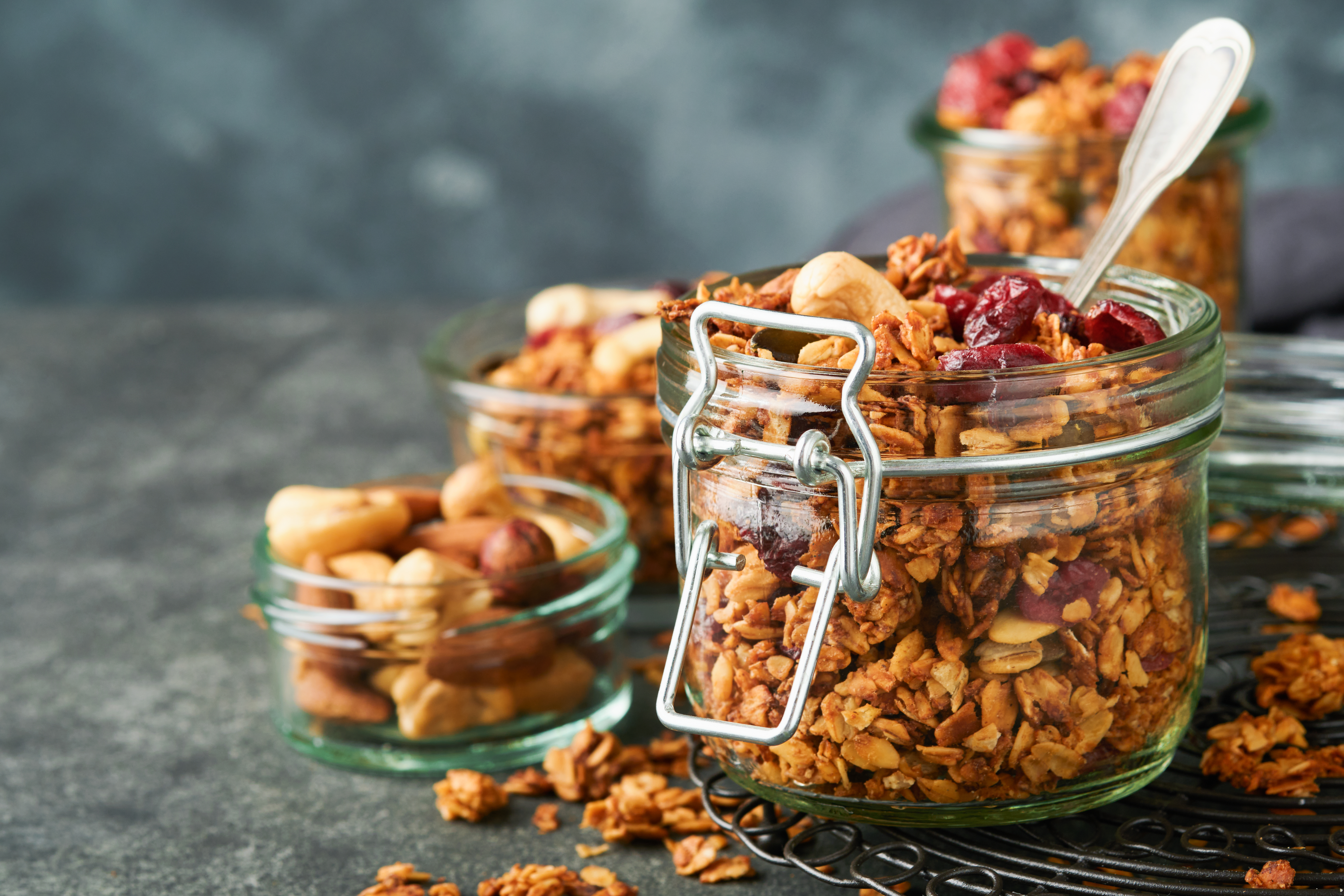
Granola has long been celebrated as a wholesome breakfast choice, often associated with health-conscious lifestyles. However, a closer examination reveals that many commercial granola products are loaded with sugars and unhealthy fats. While oats, nuts, and seeds form the base of granola, the addition of sweeteners like honey, maple syrup, or even high-fructose corn syrup can significantly increase the sugar content. Moreover, some brands use hydrogenated oils to enhance texture, adding unhealthy trans fats into the mix. To truly enjoy granola's benefits, consumers should opt for homemade versions or carefully scrutinize labels for hidden sugars and unhealthy additives.
2. Smoothies: The Caloric Conundrum
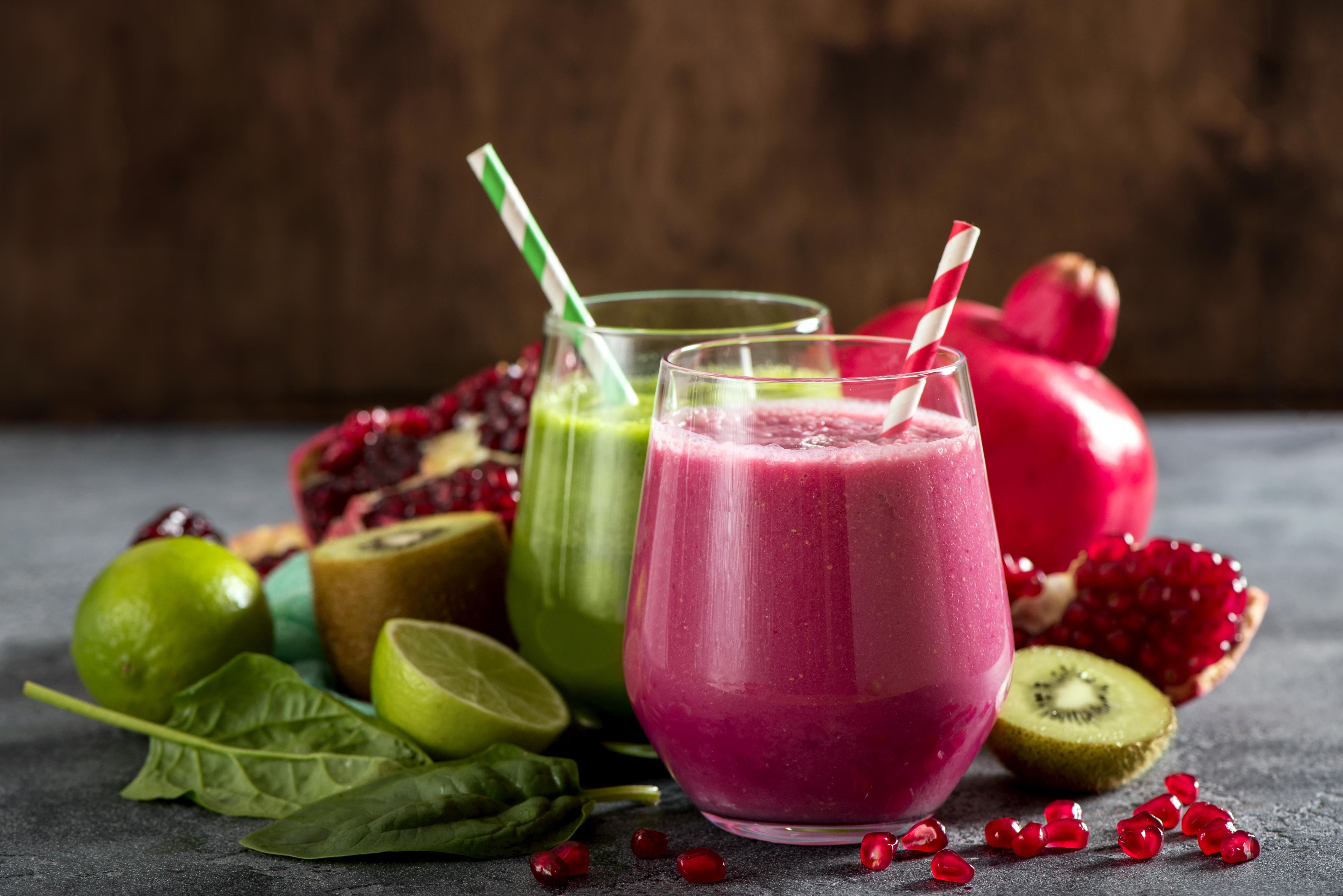
Smoothies, often marketed as nutrient-packed beverages, can be deceptive in their healthfulness. While they do contain fruits and vegetables, many store-bought or café versions are laden with added sugars, syrups, and high-calorie ingredients such as full-fat yogurt or ice cream. These additions can transform a seemingly healthy drink into a caloric bomb, negating the benefits of the fresh produce they contain. To ensure smoothies remain a healthy choice, it's best to prepare them at home using whole fruits, vegetables, and unsweetened plant-based milks, avoiding pre-made mixes and sugary additives.
3. Flavored Yogurt: The Sugar Trap
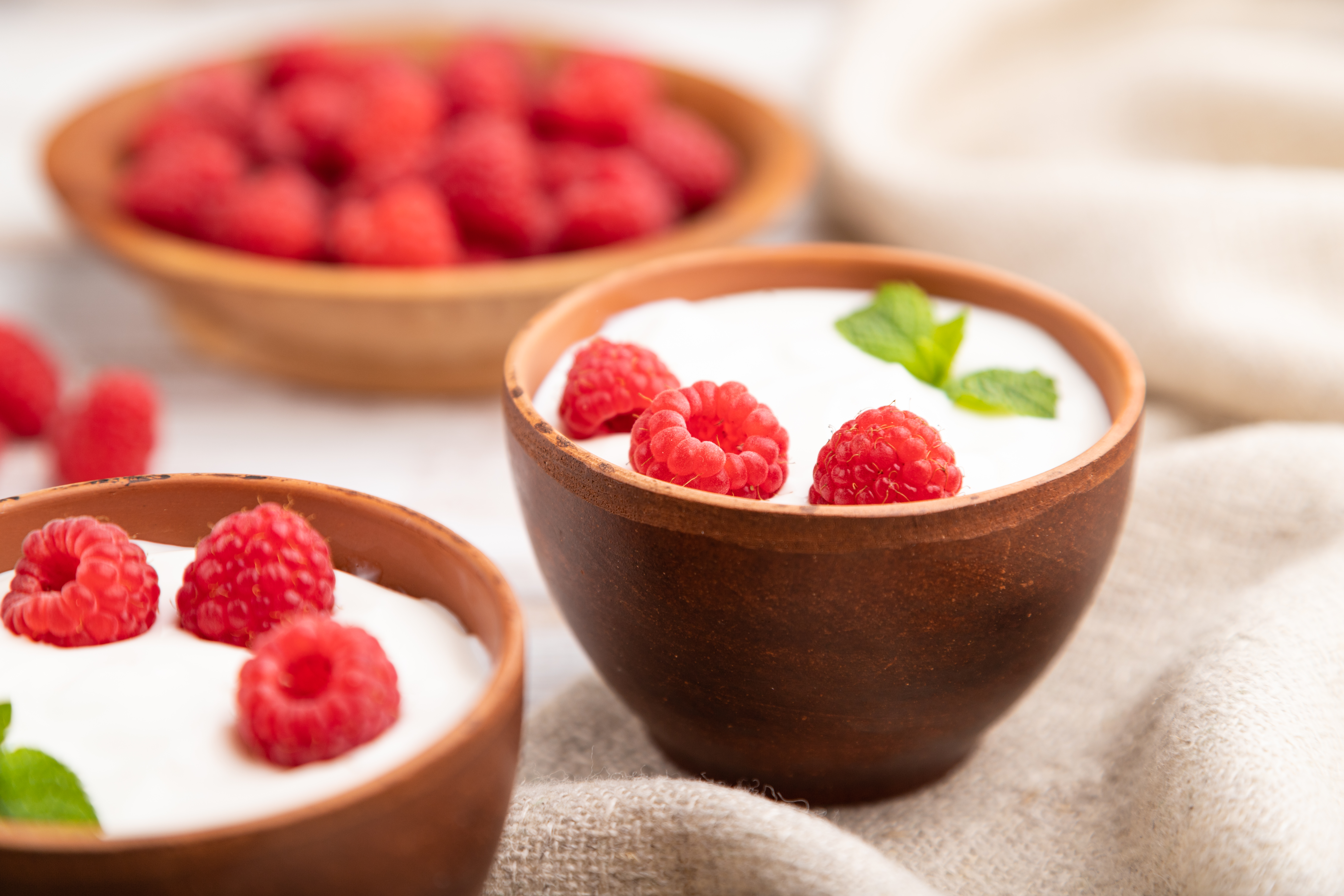
Yogurt is often hailed as a probiotic-rich, gut-friendly food, but flavored varieties can be deceptively unhealthy. Many flavored yogurts contain more sugar per serving than a can of soda, thanks to added sweeteners and fruit flavorings. While they may offer the benefits of calcium and protein, the high sugar content can contribute to weight gain and negate digestive health benefits. Choosing plain, unsweetened yogurt and adding fresh fruit or a drizzle of honey at home can offer a healthier alternative, allowing consumers to control the sweetness and nutritional content.
4. Protein Bars: The Hidden Calorie Bombs

Protein bars are marketed as convenient, healthy snacks for fitness enthusiasts, but they can be a minefield of hidden sugars and calories. Many brands use sugar alcohols, artificial sweeteners, and preservatives to enhance flavor and shelf life, often resulting in a product that is closer to a candy bar than a health food. While they do provide protein, the excessive sugar and calorie content can outweigh the benefits. For a healthier option, consumers should seek bars with minimal ingredients, focusing on those with whole foods like nuts and seeds, and low sugar content.
5. Veggie Chips: The Salty Deception
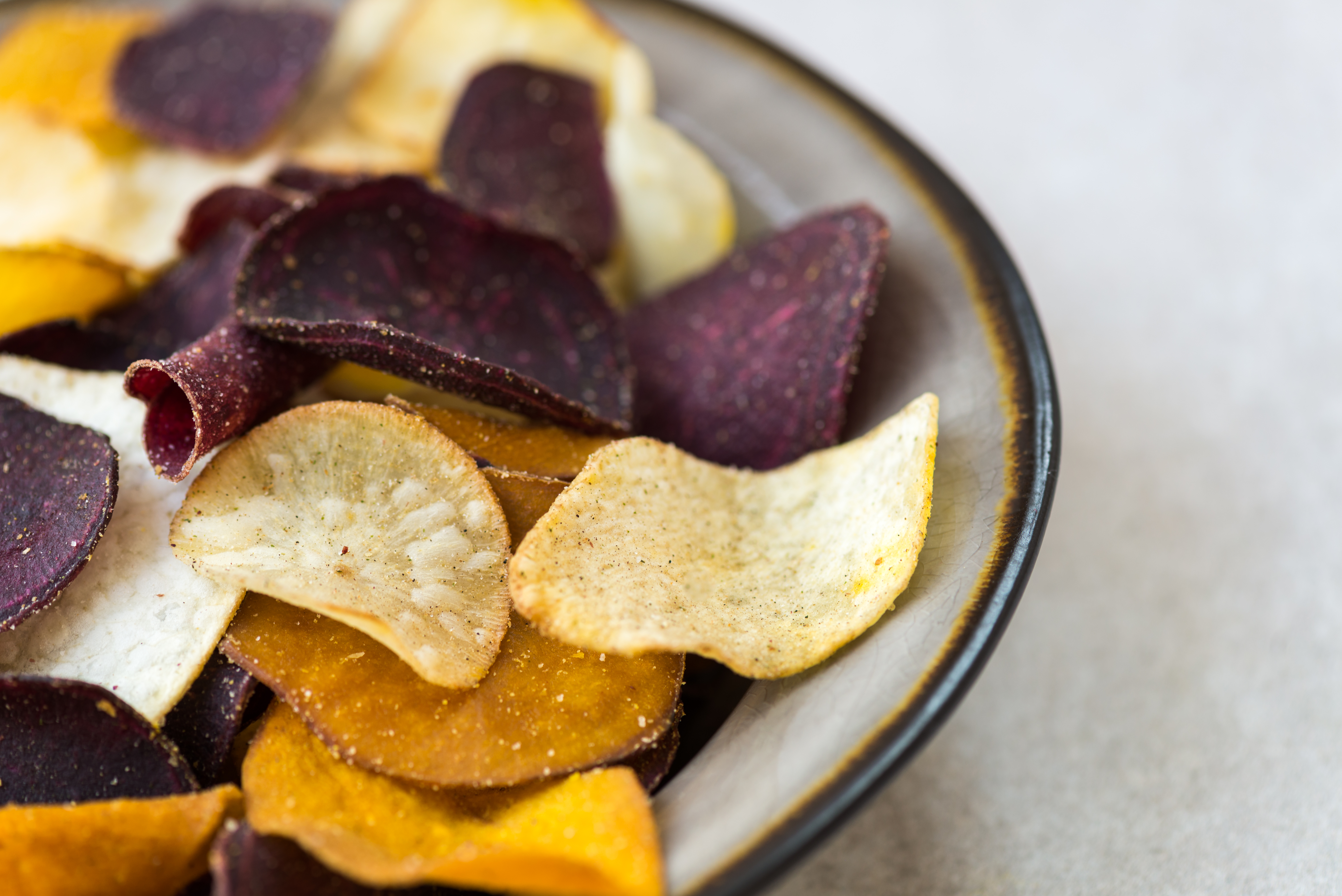
Veggie chips are often perceived as a healthier alternative to traditional potato chips, but this perception can be misleading. While they are made from vegetables, many veggie chips are fried and heavily salted, containing as much fat and sodium as regular chips. The process of frying can also strip away many of the nutrients found in the original vegetables. To enjoy a truly healthy snack, consumers can make their own veggie chips at home by baking thin slices of vegetables with minimal oil and seasoning, preserving their nutritional value and flavor.
6. Gluten-Free Products: The Health Halo Effect

The gluten-free trend has exploded in recent years, with many people opting for gluten-free products in the belief that they are inherently healthier. However, gluten-free does not automatically equate to healthy. Many gluten-free products are made with refined starches like white rice flour or tapioca starch, which can spike blood sugar levels and lack essential nutrients. Additionally, these products often contain added sugars and fats to compensate for texture and taste. For those without celiac disease or gluten sensitivity, it's important to focus on whole, naturally gluten-free foods like fruits, vegetables, and lean proteins.
7. Bottled Green Tea: The Sugar Surprise
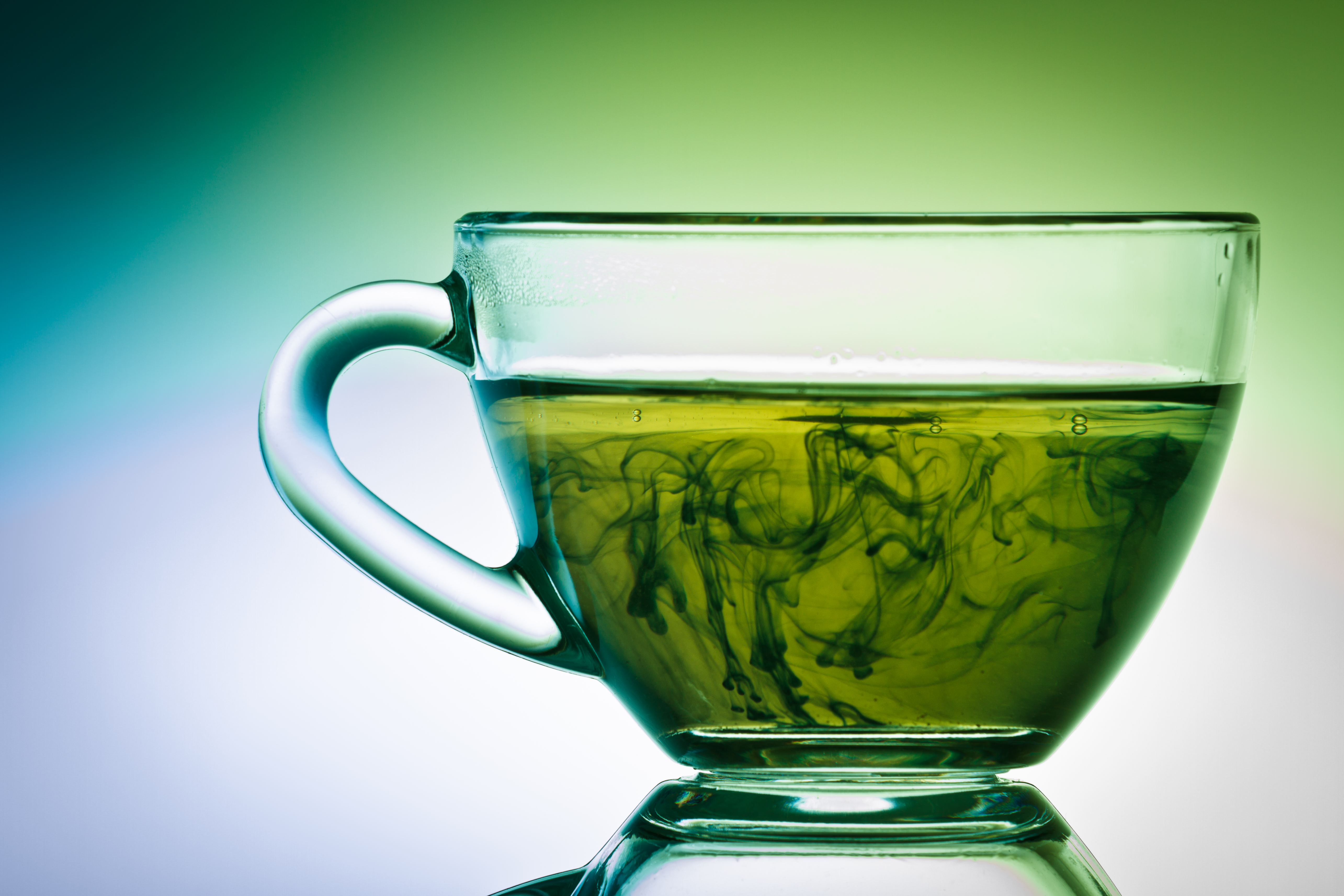
Green tea is renowned for its antioxidant properties and health benefits, but bottled versions can be a sugary trap. Many commercial bottled green teas contain high levels of added sugars and artificial flavors, which can negate the health benefits of the tea itself. These added ingredients can turn a healthy beverage into a sugary drink, contributing to increased calorie intake and potential weight gain. To enjoy the true benefits of green tea, it's best to brew it at home, allowing the natural flavors and antioxidants to shine without the added sugar.
8. Trail Mix: The Caloric Pitfall

Trail mix is often considered a healthy snack option due to its combination of nuts, seeds, and dried fruits. However, many commercial trail mixes are loaded with added sugars, chocolate candies, and unhealthy oils, transforming them into a high-calorie snack. The dried fruits used in trail mixes can also be coated in sugar or preservatives, further increasing the calorie count. For a healthier alternative, consumers can make their own trail mix at home, using unsweetened dried fruits, raw nuts, and seeds, ensuring a nutritious and satisfying snack.
9. Salad Dressings: The Hidden Fat and Sugar
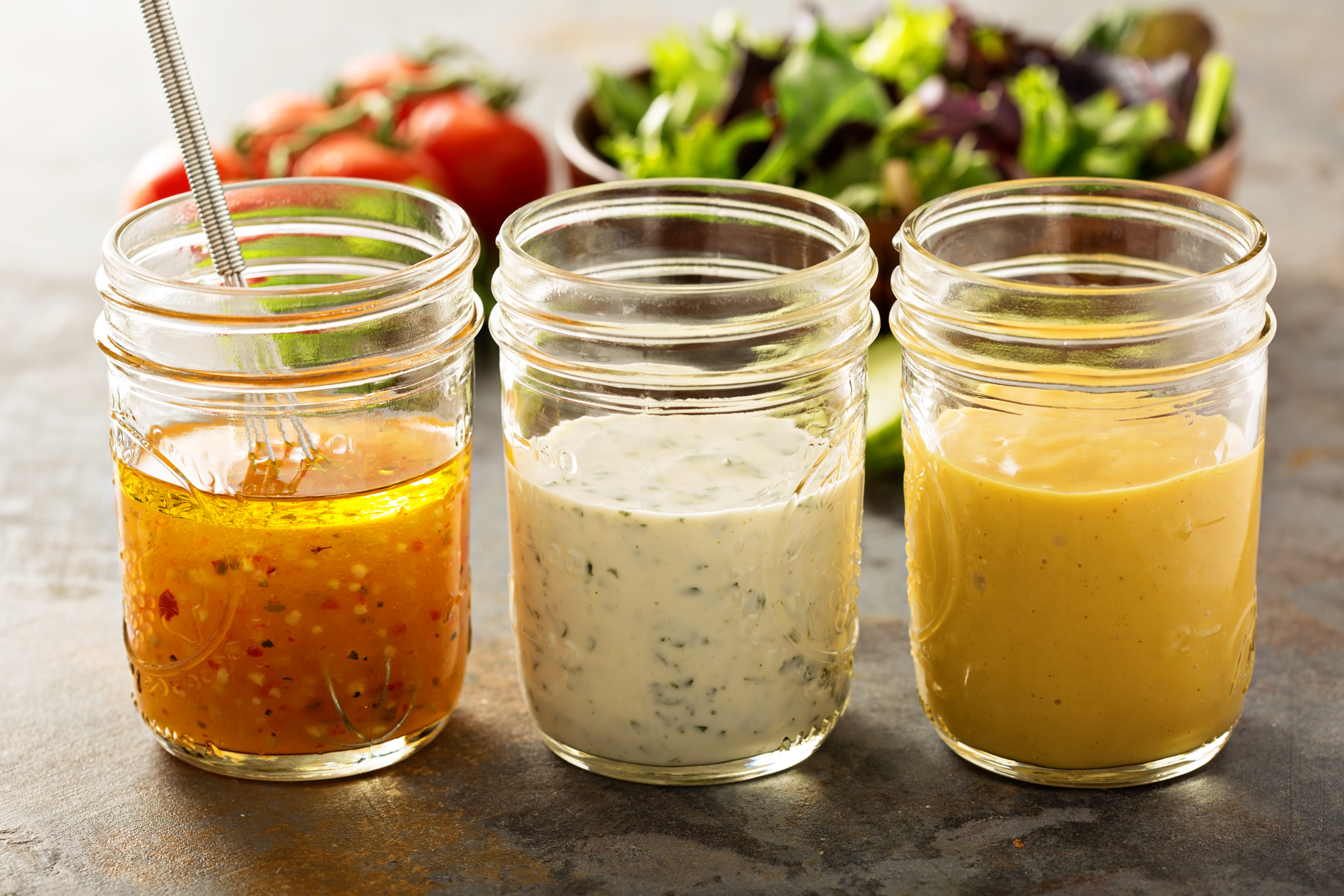
Salads are synonymous with health, but the dressings used can be a source of hidden fats and sugars. Many store-bought salad dressings contain high levels of sugar, unhealthy fats, and artificial preservatives to enhance flavor and shelf life. These additives can turn a nutritious salad into a calorie-laden meal. To maintain the health benefits of salads, it's advisable to make dressings at home using simple ingredients like olive oil, vinegar, and fresh herbs, allowing for full control over the nutritional content and flavor.
10. Nut Butters: The Sneaky Additives
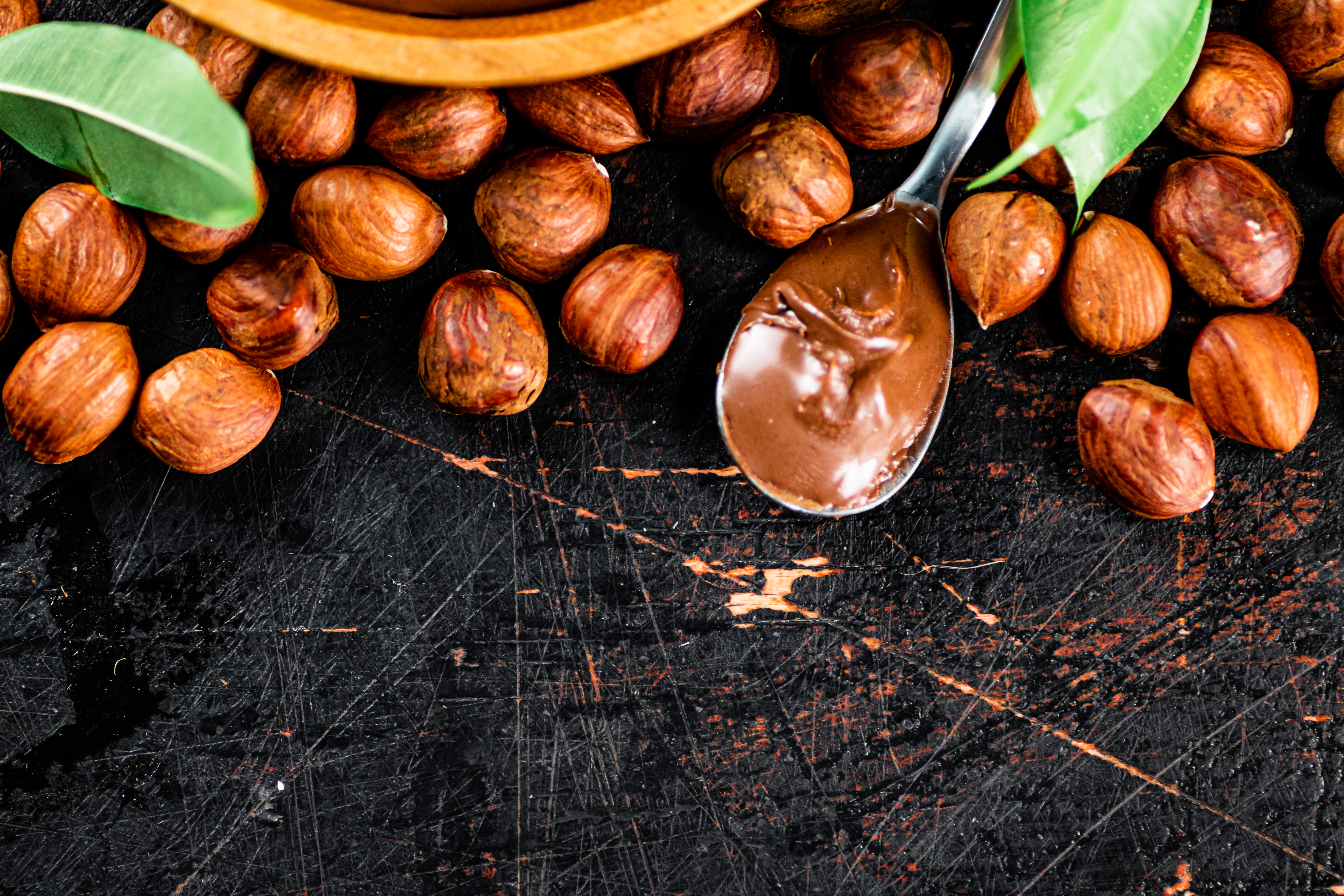
Nut butters are often praised for their protein and healthy fat content, but many commercial varieties contain added sugars, hydrogenated oils, and artificial flavors. These additives can increase the calorie content and reduce the nutritional value of the nut butter. For a healthier option, consumers should look for nut butters with minimal ingredients, ideally containing only nuts and a pinch of salt. Making nut butter at home is another excellent way to ensure purity and control over the ingredients, resulting in a nutritious and delicious spread.
Navigating the Health Food Maze

As we navigate the complex landscape of health foods, it becomes evident that not all that glitters is gold. The allure of health labels can often mask the true nutritional content of products, leading consumers down a path of misinformation. By understanding the hidden ingredients and marketing tactics used in these foods, consumers can make more informed choices, prioritizing whole, unprocessed foods over heavily marketed health foods. Armed with knowledge and a discerning eye, we can unmask the illusion and embrace a truly healthy lifestyle, free from the deception of sneaky health foods.